
The Hypnagogic State is the moment between wakefulness and sleep… a space where consciousness begins to fade… a space of vivid imagery, surreal and dreamlike.
The term ‘Hypnagogic’ was coined in 1848 by Alfred Maury, naming this state that he was researching deeply. With it’s roots in Greek: ‘hypnos’ meaning sleep and ‘agōgos’ meaning conductor or leader, (the opposite of the Hypnopompic state)
Your Own Sleep Conductor
While exploring and documenting this mysterious state, one of Maury’s particularly vivid hypnagogic experiences inspired Salvador Dali’s iconic painting: Dream Caused by the Flight of a Bee Around a Pomegranate a Second Before Awakening.
This phenomenon allows for the exploration of consciousness, creativity and the intricacies of our own human minds… and it has been historically been used to enhance the imagination of artists, writers, scientists etc… since before it was named.
What is the Hypnagogic State
Visual images appear and play out as movies across your minds eye… the ‘surround’ of the sound and ‘real sounding’ nature to it blend in… tactile sensations, falling or floating, a sense of movement…
During the Hypnotic State a free flow of ideas and unconventional connections may happen… surprising solutions in this ‘space between sleep and wakefulness‘ to solve problems that otherwise seemed impossible.
Your brain undergoes a series of physiological changes as you drift off to sleep… the electrical activity of your brain waves shifts, and your body begins to relax. It’s during this transitional phase of consciousness on the way to sleep, where the Hypnagogic State emerges… dreamlike, awake.
The Brain Regions Involved
The Thalamus plays a vital role in regulating sensory information… during Hypnagogia (the Hypnogogic State) the Thalamus becomes less efficient at filtering sensory input. Creating combinations of sensory experiences internal and external that may seem bizarre and often illogical.
The Amygdala becomes more active during Hypnagogia and this can increase trhe emotional intensity of the Hypnogogic Hallucinations.
Your brain waves are winding down…
There is a shift in brain wave states, from alpha to theta waves. This is accompanied by a decrease in Neurotransmitters (Acetylcholine) associated with alertness and movement.
Phosphenes and the Hypnagogic State
Phosphenes are lights you see behind closed eyelids. This visual phenomena is caused by the stimulation of the retina without light entering the eye.
They can be induced by rubbing your eyes and electrical stimulation…
But the characteristics of Hypnagogic Phosphenes tend to be more complex and vivid than those induced by physical stimulation. Oftentimes evolving intricate patterns and complex geometric shapes… or even faces.
These Phosphenes are triggered though the Hypnagogic State, leading you into a deeper and more complex series of visual images…
Prolonging Access in the Hypnogogic State
Thomas Edison, known for his pursuit of innovation, used an unconventional method for gaining insight and boosting his creativity… the ‘Ball Napping’ technique.
Edison developed this method of holding a metal ball in his hand above a metal tray in his lap while dozing off in a chair… the moment his grip relaxed the ball would clatter on the tray and awaken him.
His method was aimed at catching the Hypnagogic State where the mind is brimming with creative ideas. By interrupting the onset of sleep just as he was drifting off, Edison believed he could capture these fleeting insights before they vanished into the depths of slumber.
The Hypnagogic State is a fertile ground for creativity and problem-solving (you might also like Epiphany Engendering)
Mindfulness of the Hypnagogic State
Observing the transition between wakefulness and sleep… this is step one.
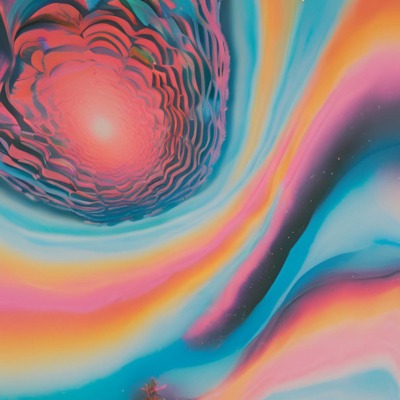
Paying close attention to the physical and mental sensations (Submodalities in NLP) as you drift from being fully awake to the onset of sleep. This involves noticing changes in your body awareness, thoughts and sensory perceptions etc.
Developing the ability to recognize and observe these hallucinations… notice their sensory disturbances… and direct them, or gain flashes of inspiration.
Your unconscious mind is a Power House of Creativity… what will you set it doing?


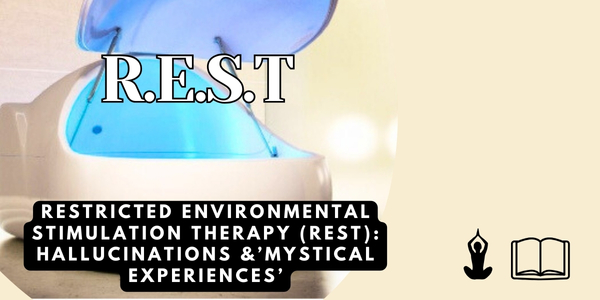

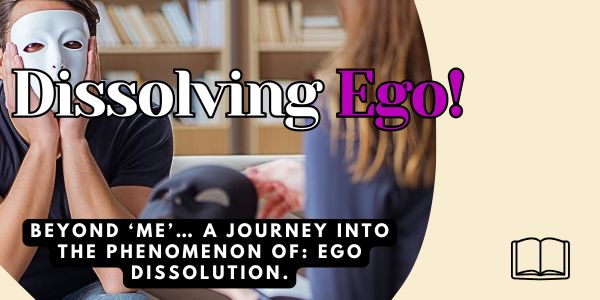

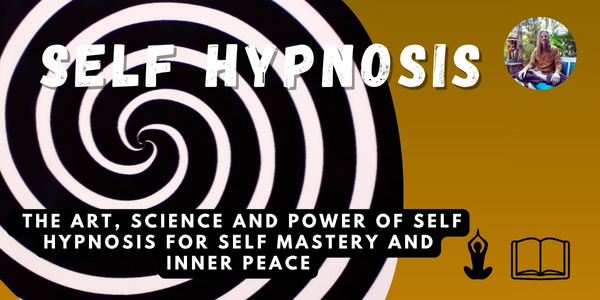





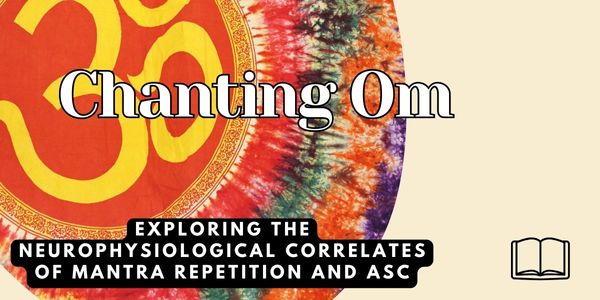
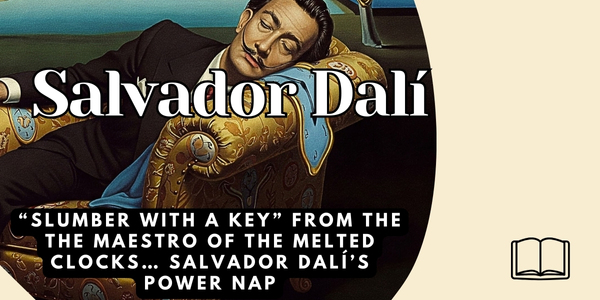
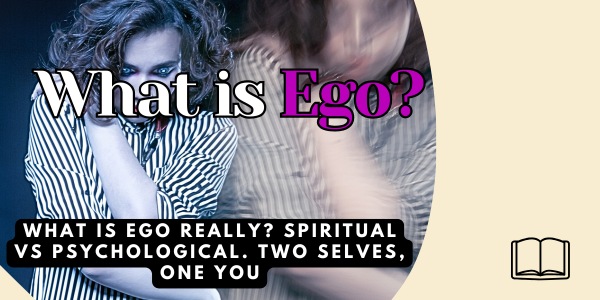
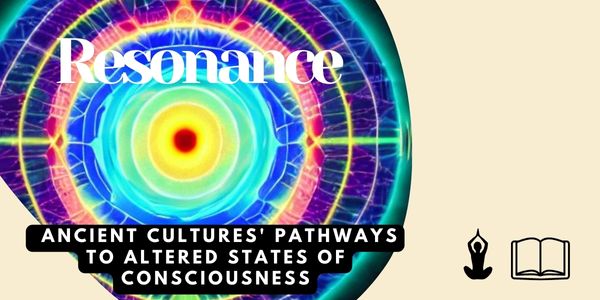

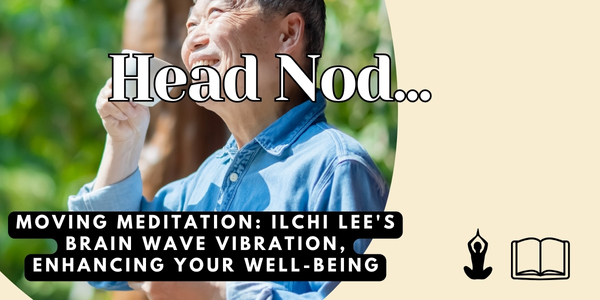

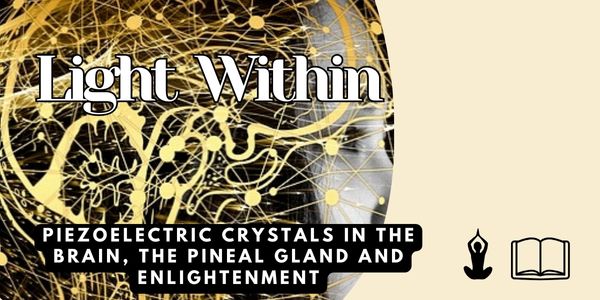

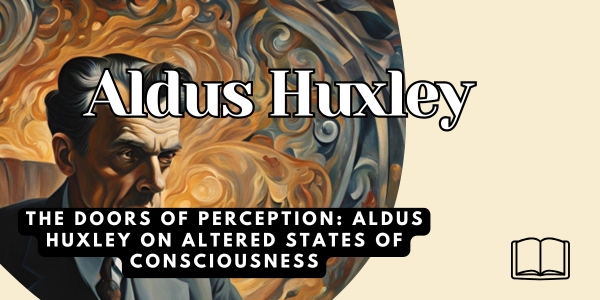
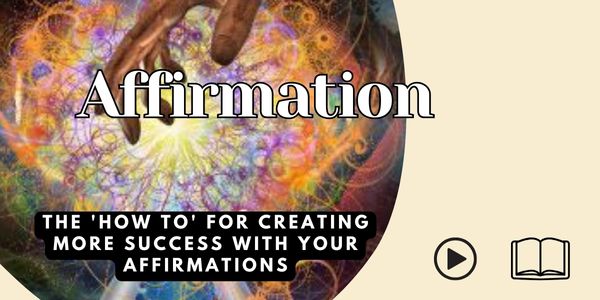
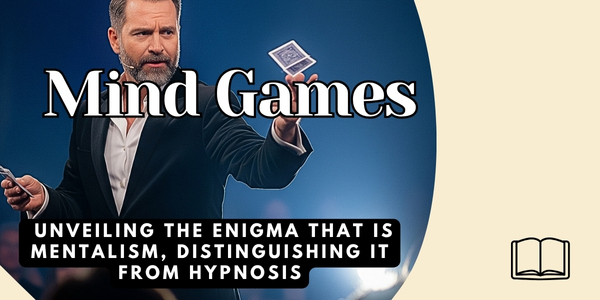


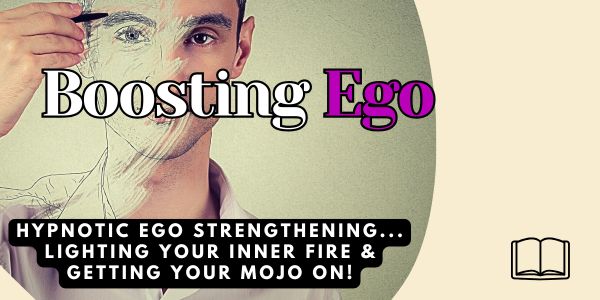
Pingback: Hypnopompic State... the Mysteries of the Mind's Awakening
Pingback: 'Slumber with a Key' from the The Maestro of the Melted Clocks… Salvador Dalí's Power Nap.